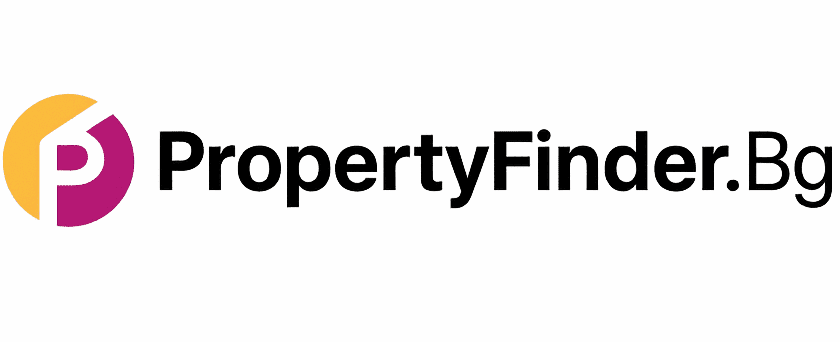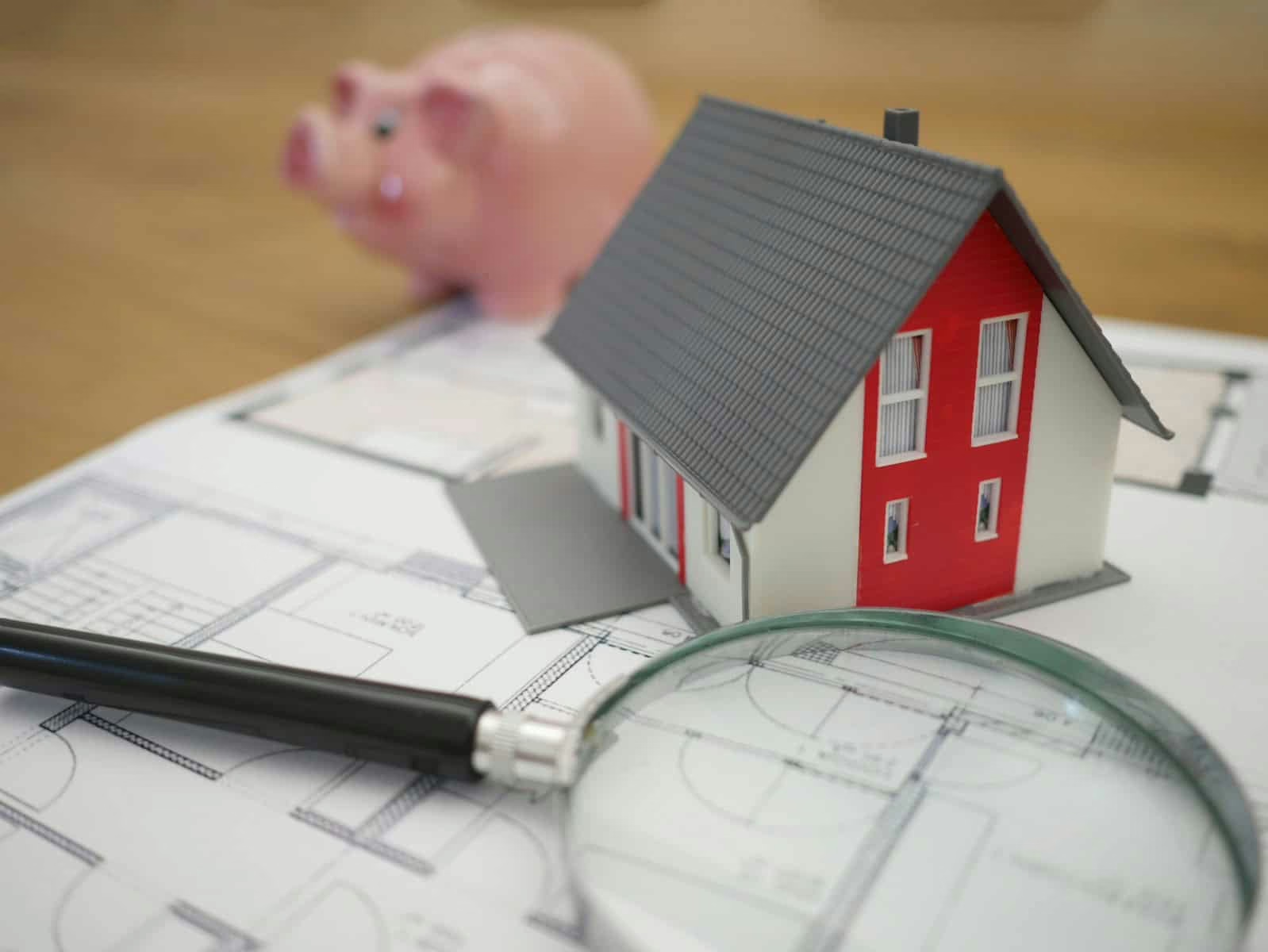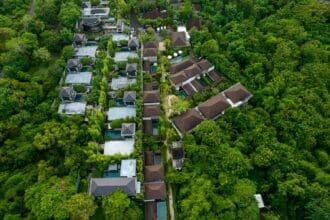Contents
In the previous articles in this series, we looked at the basic methods of calculating property yields. Today, we will turn our attention to the factors that actually determine how profitable a property investment can be.
Understanding these “drivers” is essential to both properly evaluating a potential purchase and effectively managing an already acquired property.
What drives the yield arrows: key factors for analysis
The yield on an investment property is not a static quantity. It is influenced by a multitude of interrelated factors that every investor should be aware of.
1. Location
Location is perhaps the most key factor that affects the value and profitability of a property.
- Prime locations with easy access to transportation, schools, shopping, parks, business districts or tourist attractions generate higher rental income and more stable occupancy.
- Areas with high security and good economic development are more sought after and have greater potential for capital growth.
- Locations with bad reputations, high crime or poor maintenance can seriously hurt profitability.
2. Condition of the property and repairs made
The quality of the construction, the age of the building and the current condition of the property directly affect its profitability.
- Well-maintained and renovated properties attract higher quality tenants and allow for higher rental prices.
- Improvements such as an updated kitchen, bathroom or energy efficient systems increase both the value of the property and its rental potential.
3. Facilities in the property and building
The presence of additional amenities increases the attractiveness of the property for tenants:
- Parking space or garage
- Elevator (especially in taller buildings)
- Well maintained common areas
- Gym, swimming pool, playground, security system
Even small improvements like new paint or clean staircases can make an impression and make renting easier.
4. Operating costs and management
The amount of operating expenses has a direct impact on net profitability:
- Property taxes
- Insurance
- Maintenance fees
- Utilities (if borne by the owner)
- Property management fees
Effective management is key to controlling costs. Timely repairs, energy saving measures and good property management increase net profitability. Particularly with overseas investments, quality management is critical to success.
5. Market dynamics
Economic conditions and the state of the rental market directly affect yields:
- High demand and limited supply drive up rents and reduce vacancy periods.
- Economic factors such as GDP growth, employment, inflation and interest rates affect the purchasing power of tenants and owner costs.
- Prolonged periods of vacancy reduce real earnings and therefore profitability.
- The quality of tenants is key. Reliable tenants minimise cost and risk.
6. Specific factors and regulations
- The type and construction of the building
- Total supply of new construction
- Regulations related to short-term rentals (Airbnb and others)
- Future infrastructure projects – new roads, metro, parks, public buildings
These factors can have a significant impact on value and profitability in both the short and long term.
How to interpret all these factors
It is important to understand that these factors do not act in isolation but are interrelated.
- Excellent location can make up for the older condition of the property.
- A luxuriously renovated property in a poor location often cannot achieve the desired yield.
- Good planning and evaluation of all factors is essential to optimise investment potential.
The long-term perspective is also important. Anticipating future changes, such as new infrastructure projects or changes in urban planning, can be crucial to maximising the return on your investment.
Conclusion
Property yields depend on a complex combination of factors. Understanding these elements and their interrelationship is the key to successful investing and effective property management.
You might also like:
- What is a TAPU in Turkey? The Complete Guide to Title Deed Checks & Avoiding Scams
- Dubai’s Smart Rent Index: How new technology is empowering tenants in 2025
- Where to Invest in 2025: Greece, Spain, or Dubai? | A Comparative Analysis
This post is also available in: Български







